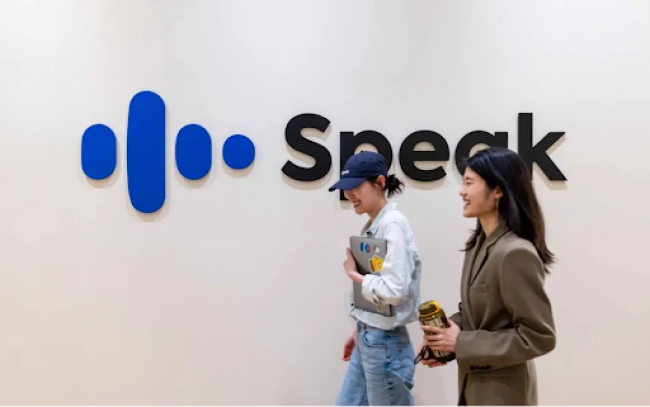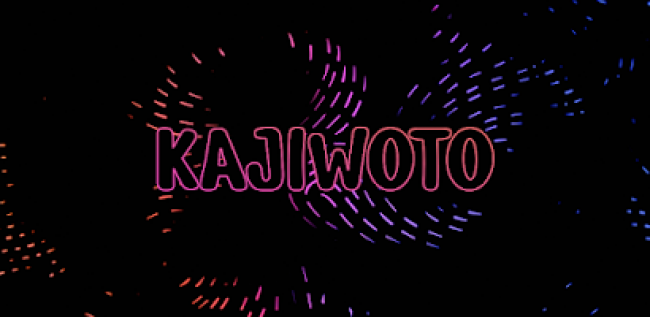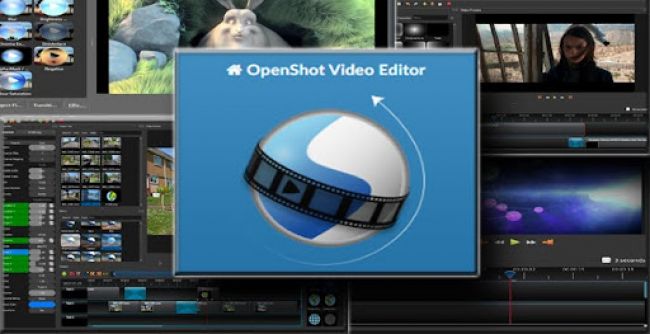Kuki AI is a rule-based chatbot developed using the Pandorabots platform. Originally launched as Mitsuku, Kuki has gained attention for simulating human-like conversations through structured responses rather than generative AI. This article outlines its technical structure, documented use cases, interaction process, and comparison with similar chatbot systems.
Technology and Structural Foundations of Kuki
Built on AIML (Artificial Intelligence Markup Language), Kuki uses a static, script-based logic model. Unlike AI systems such as ChatGPT or Replika that generate responses in real time, Kuki selects the most appropriate pre-written response from its dataset based on user input.
This rule-based structure has helped Kuki win multiple Loebner Prizes, a contest evaluating a bot’s ability to simulate human conversation.
Practical Applications in Education and Engagement
Kuki is used across different domains, most notably in education and digital engagement:
- In Education: A research publication on ResearchGate documents Kuki’s use in improving English-speaking skills. The chatbot offers a consistent, non-judgmental environment for conversational practice, especially useful for ESL learners.
- In Brand Interaction: Companies use Kuki-style avatars to simulate human presence on digital platforms. Through integrations with Pandorabots and desktop platforms like WebCatalog, Kuki can serve as a low-maintenance engagement tool.
- In Public Use: The chatbot also appeals to individuals who use it for casual interaction, exploration, or basic companionship.
Interaction Process and User Accessibility
Kuki is available for immediate use through chat.kuki.ai. Users do not need to create an account. The chatbot uses a visual avatar and communicates via text-based interaction.
Kuki is not optimized for technical support, productivity tasks, or factual queries. It is primarily a conversational tool with limited contextual memory.
Strengths and Areas of Limitation
Strengths:
- Scripted control ensures consistent replies
- No sign-up is required, offering quick access
- Accessible to language learners as a practice tool
- Operates independently of cloud-based AI systems
Limitations:
- Cannot answer fact-based or logic-heavy queries
- No memory retention beyond the current session
- Conversations can become repetitive
- Not ideal for customer support or transactional workflows
Comparison with Other Chatbot Platforms
Below is a side-by-side analysis of Kuki AI and other chatbot platforms based on their design models, strengths, and typical users:
Chatbot Feature Comparison Table
| Feature / Tool | Kuki AI | Replika | Character.AI | BotPenguin |
| Model Type | Rule-based (AIML) | Neural (GPT-based) | Neural (Custom LLM) | Rule-based & Flow builder |
| Main Use Case | Casual chatting, ESL learning | Emotional support, journaling | Fictional/character conversations | Customer support, lead generation |
| Learning Ability | Static (non-learning) | Adaptive to user interactions | Custom character memory | No self-learning, workflow-based |
| Data Privacy | No login required, minimal data use | Requires sign-up, stores data | Requires login, uses cloud storage | Requires user data for flow setup |
| Personalization | Low (same for all users) | High (based on chat history) | Medium (based on character prompt) | High (custom flows, branding) |
| Conversation Type | Entertainment, scripted | Empathetic, conversational | Roleplay and creative dialogues | Business-focused automation |
| Offline Use | Not supported | Not supported | Not supported | Not supported |
| Suitable For | Language learners, casual users | Individuals seeking companionship | Fans of fictional interaction | Businesses needing chatbot workflows |
| Pricing | Free | Freemium model | Free with premium features | Free & Paid plans |
Takeaways
Kuki AI functions as a scripted, rule-based chatbot suited for general dialogue, educational practice, and light engagement scenarios. Its fixed response logic limits its capabilities in areas like factual research, memory retention, and dynamic conversation.
However, it remains a relevant option for those seeking consistent conversational tools without complex setup or data tracking. Whether used in classrooms or casual chats, Kuki serves its role within the boundaries of its design.
Post Comment
Be the first to post comment!
Related Articles

Dezgo: Guide on How to Use and its Pricing in 2025
Apr 21, 2025
11+ Best Free AI Tools to Use in 2025
Apr 16, 2025

